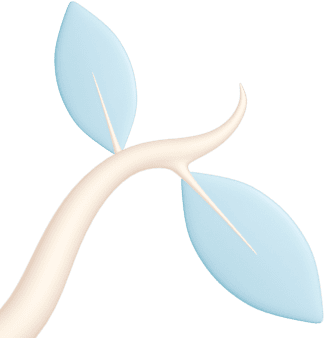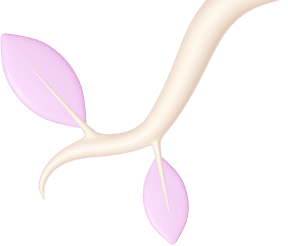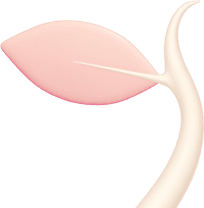As the OKR cycle comes to an end, it’s time to take a critical look at the efforts of the last three (to four) months. In order for OKRs to develop their full agile potential, it is essential to not only review and reflect on the OKR progress. It is essential that the OKR cycle is also reflected in detail at the process level. This happens in the OKR retrospective.
This article explains what an OKR retrospective is and how it can best be carried out in practice – including a meeting agenda and a checklist for preparation.
What to expect:
- What is an OKR retrospective?
- The goal of OKR retrospectives
- Preparing OKR retrospectives: checklist and factsheet
- How an OKR retrospective works
- OKR retrospective: FAQ
What is an OKR retrospective?
The OKR retrospective (or OKR retro) is the last event in the OKR cycle. In some cases, it may not occur until right at the beginning of the new cycle. Unlike the OKR review, which focuses on the content and status of the OKRs, the OKR retrospective focuses on how the OKR method works. In a meeting, the entire OKR process is reflected methodically and optimized for the next cycle.
Ideally, OKR retros take place on two levels: first in the individual teams and then, building on the findings of the teams’ retrospectives, at the company level.
💡 Reminder: OKR (short for “Objectives and Key Results”) is an agile framework for formulating and implementing strategic goals in organizations. It consists of three core elements:
- Objectives: What do I want to achieve?
- Key Results: How do I know that the goal has been achieved?
- Initiatives: How do I achieve the goal?
Usually, 2 to 4 Objectives are formulated per team and 2 to 4 outcome-driven Key Results per Objective. The output is mapped into initiatives (= specific tasks). More basic knowledge is available in our OKR Guide.
The goal of OKR retrospectives
The goal of the OKR retrospective is to reflect upon all parameters in the OKR process, for example, the length of the cycle or the structure of the OKR Check-ins. They also aim at identifying new potential for improvement. The OKR retrospective is therefore a crucial building block for the agility of the modern management method, in line with the motto:
If you > only one agile practice let it be retrospectives. Everything else will follow.
Teams analyze which methods work well and where they should readjust their course for the future. Through this, the OKR process is optimized step by step until all parameters fit the company’s exact needs.
Prepare OKR retro: Checklist and factsheet
For the OKR retrospective to be as goal-oriented as possible and really helpful, the meeting should be well prepared. This means:
- The date should be communicated to all participants ahead of time. It is best to schedule it right at the beginning of the OKR cycle and remind all teams two weeks in advance.
- Before the meeting, all participants should review the last OKR cycle and analyze the process for themselves.
- The retrospective should follow a clear agenda. The agenda should be communicated to the entire group in advance.
Additionally, surveys among employees can help put everyone in the right mindset. These tend to consist of a few statements (items). The approval of the statements is then asked and rated on a scale of 1 (not at all) to 5 (completely). Each statement also has a free response field for additional comments. The results provide helpful thought-provoking impulses for the preparation and early indications of needed adjustments. These are then discussed in more detail in the meeting.
Possible items could be:
- OKRs help our team work more focused.
- Our day-to-day priorities and tasks contribute to the OKRs.
- In retrospect, we have chosen and formulated our Key Results correctly.
- Looking back, we can be satisfied with the OKR process including events (planning, check-ins, review, retrospective).
- We should also determine early on where the OKR retrospective will take place (e.g., in person or digitally), how much time is needed for the meeting, and who will participate.
⏱ Duration and frequency
- 45 to 90 minutes (depending on team composition and OKR experience)
- Before OKR Planning for the next OKR cycle (usually quarterly and each 1 to 2 weeks before the end of the current cycle)
👥 Participants
- All members of a team
- The OKR coach or OKR master in charge (for the first sessions)
Here’s how an OKR retrospective works
The “Start/Stop/Continue “ method lays out a good and simple structure for retrospectives (more on this in a moment). It provides a clear framework - regardless of the level of the organization at which the meeting takes place. As such, it applies equally to individual preparation, team retrospectives, and company-wide retrospectives.
For example, a sensible agenda for the OKR retro might look like this:
- Opening and warm-up (5 minutes)
- (Individual) brainstorming (10-25 minutes)
- Grouping topics (10 minutes)
- Discussion and prioritization (10-30 minutes)
- Summary and next steps (10-20 minutes)
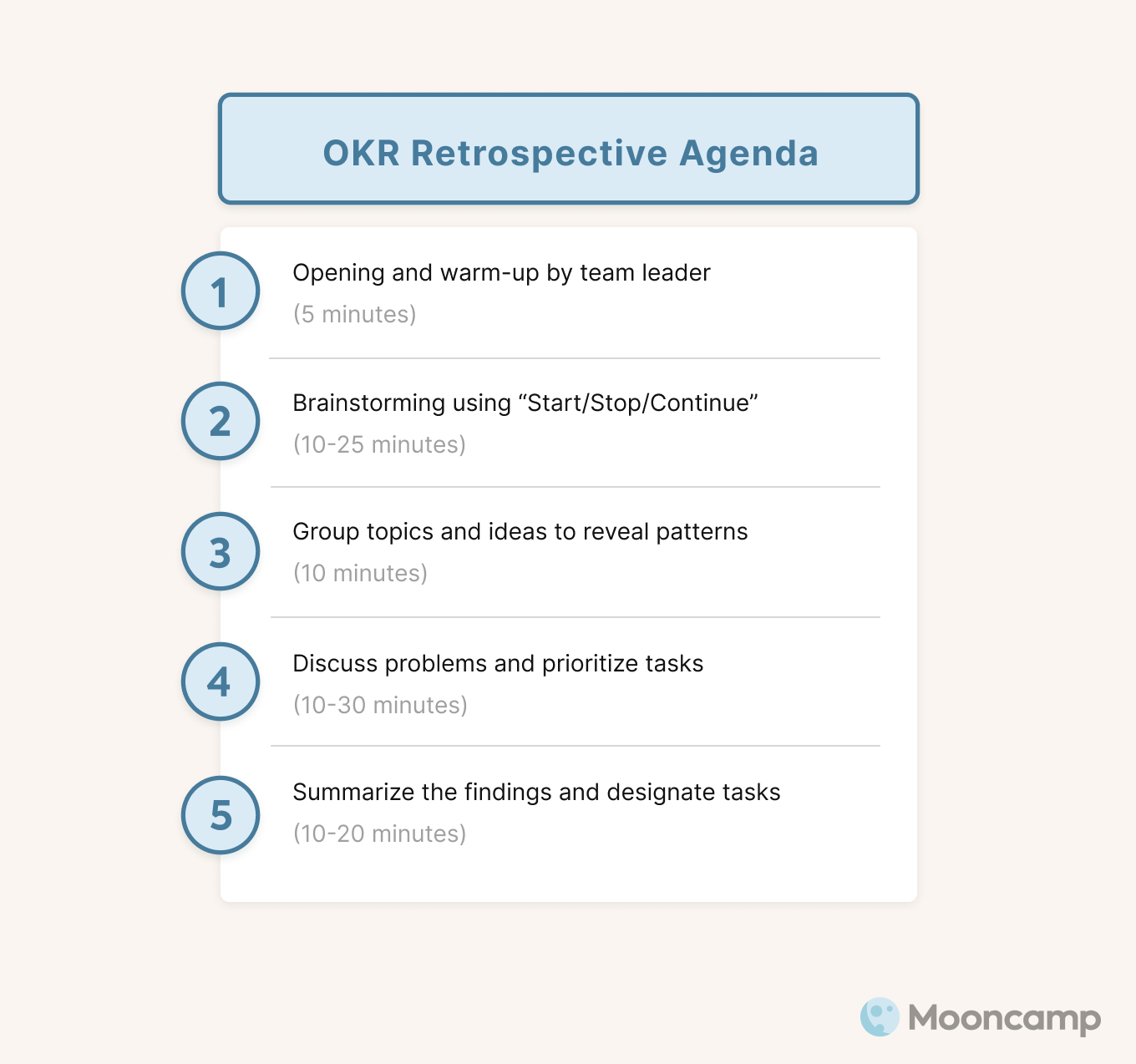
1. Opening and warm-up
Before discussing challenges and learnings in-depth, a safe space for exchange should be created. The person who opens the meeting (e.g., the team leader) should briefly welcome all participants and once again inform them about the goals of the meeting. It should be clear at this point that the meeting is not about the content or status of the OKRs (that’s what the OKR Review is for), but only about the OKR process itself. So there is no scoring of OKRs (OKR Scoring) in the OKR retro.
Furthermore, everyone should be encouraged to discuss openly and give each other constructive feedback. Important to note: the point of the OKR retrospective is to learn from the past cycle and improve together. As such, personal criticism and blame are misplaced here.
2. (Individual) brainstorming
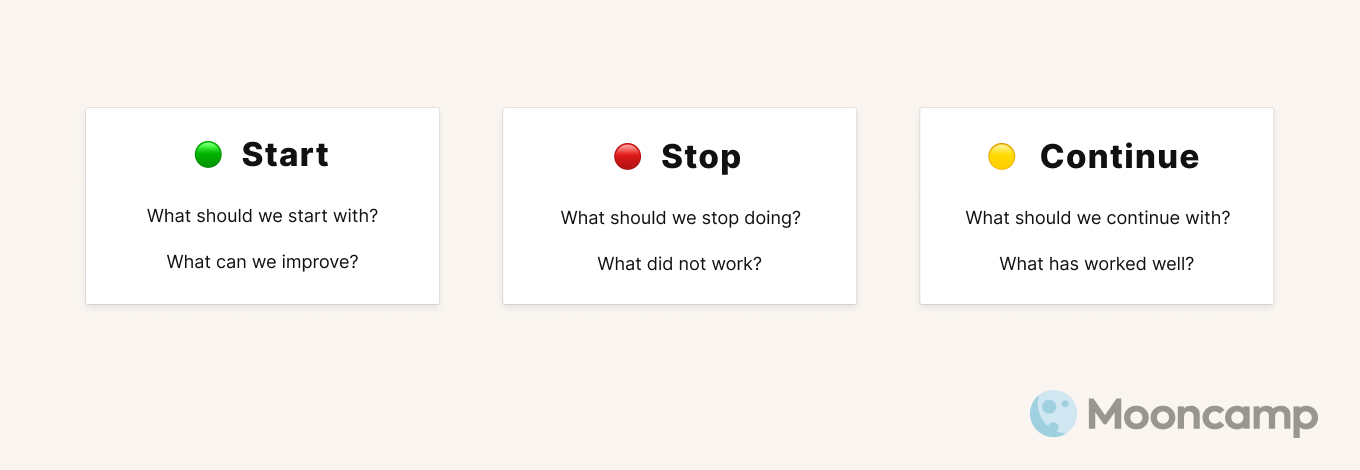
Once the framework is clear, the meeting starts with brainstorming. This can take place individually or in smaller groups – depending on the overall size of the team. This is where the “Start/Stop/Continue” method comes into play. All participants deal with the following questions:
- Start: What should we start with? (What can we improve?)
- Stop: What should we stop with? (What didn’t work?)
- Continue: What should we continue with? (What worked well?)
To record the results, you can work with Post-its and/or a whiteboard. Each thought is first written down on a sticky note.
Ideally, everyone has already dealt with these questions in advance and collected their ideas. So this agenda item should be checked off (or sometimes even skipped) relatively quickly.
3. Group topics
Participants will likely list similar or even identical topics as they brainstorm. The (virtual) post-its should therefore be briefly sorted into topic clusters in an intermediate step. Similar ideas are then grouped. This quickly reveals certain key topics and patterns.
4. Discussion and prioritization
After the input has been sorted and summarized, it is discussed in the group. The best way to do this is to go through the individual inputs (post-its) step by step and let each team member briefly say something about them. Afterward, a discussion regarding the next cycle is held. All participants should be allowed to have their say.
The goal of this phase is to find out together what is needed to improve the work efficiency with OKRs in the next iteration. To do this, problems are discussed, and concrete action steps for the next cycle are derived. Unfortunately, it is usually not possible to implement all improvements at the same time. This is why you should take the time to sort and prioritize the necessary actions.
5 Summary and next steps
Once the discussion is concluded, it should be clear what processing procedures have priority in the next cycle. The findings should then be written down.
The best way to do this is by assigning this task to a person at the end of the meeting. The person will then summarize everything and share it with others as a memo - even beyond your team. This way, everyone in the company can benefit from the learning. Ideally, this happens as soon as possible.
Moreover, it should always be determined who bears the responsibility for any to-dos established in the OKR retro. That way, nothing is lost and the information is available for the upcoming OKR Planning.
Tip: The conclusion of the OKR retrospective is followed by the OKR Planning for the next cycle. There is already a detailed guide for this on our blog, including an agenda and checklist. We have also compiled some valuable tips for writing good Objectives and Key Results.
Mooncamp can also be used as an OKR Planning Tool. You can create Planning Spaces directly in the software, where teams record their OKR drafts before they are published. On top of that, our Miro OKR Planning Template guides you through the planning process step by step with various exercises. This can be a great help, especially in the beginning.
OKR retrospective: FAQ
Why is the OKR retrospective important?
OKR retrospectives ensure that a team comes together beyond the daily work routine to reflect on the OKR process and continuously improve it. They help teams pinpoint and tackle problems in their work methods, which in turn provides clarity, improves teamwork, and enables agility. This makes them essential for productive and goal-oriented work in a complex environment. Consequently, OKR retros make it easier for organizations to respond to change.
How do I conduct an OKR retrospective?
An OKR retrospective usually consists of five parts: (1) introduction and warm-up, (2) brainstorming, (3) grouping topics, (4) discussion and prioritization, (5) summary and next steps. The atmosphere in the meeting should always be one of mutual respect and openness. One person leads through the agenda and moderates. For a productive meeting, all participants should be well prepared.
What are the 4Ls of retrospective?
The 4Ls stand for “Liked,” “Learned,” “Lacked,” and “Longed for” and are a variation of the “Start/Stop/Continue” method. The potential for improvement is presented in a slightly more differentiated way in this type of retrospective, but the process is identical.

